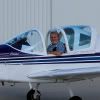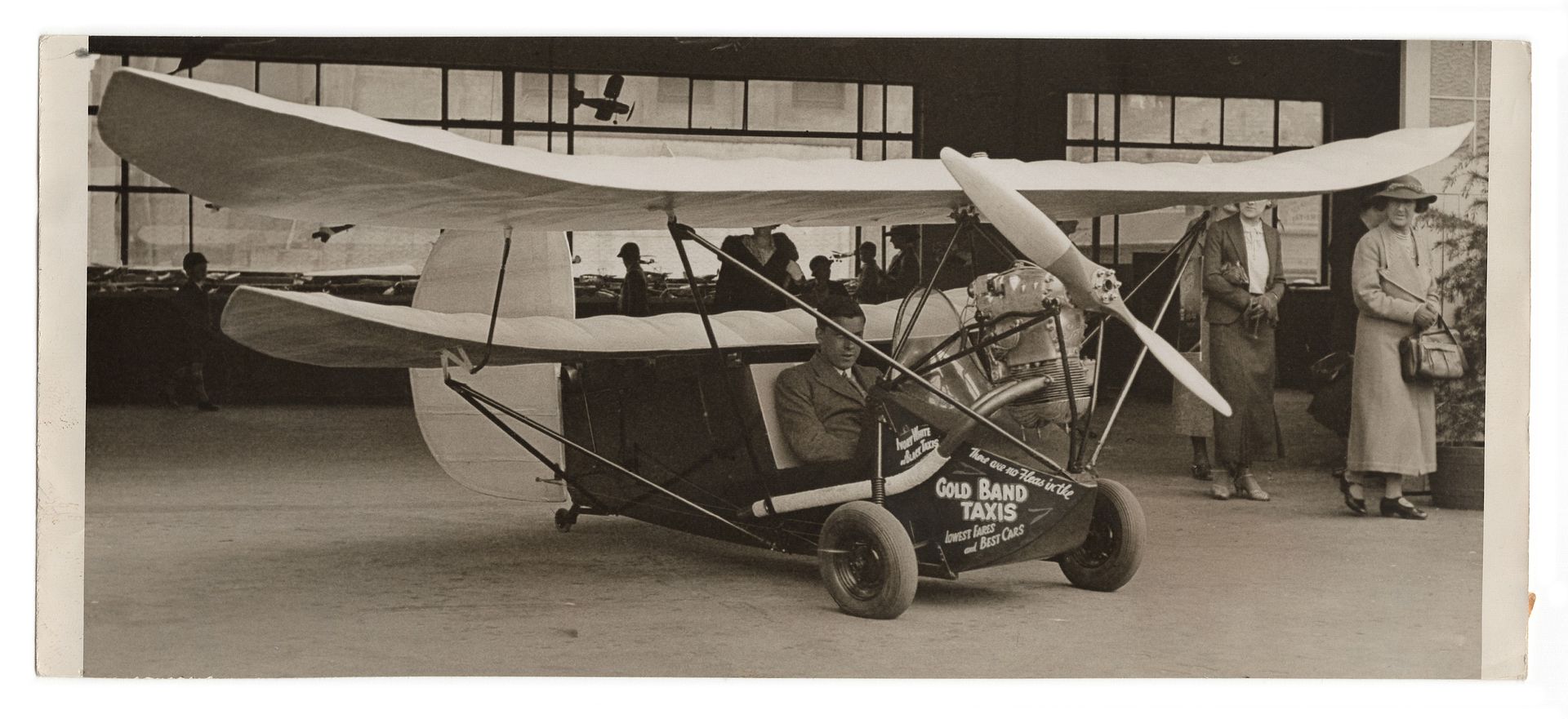Post by Dave Homewood on Oct 10, 2020 18:10:08 GMT 12
This might be of interest to some here, a report on the inquest into the death of a pilot in a Flying Flea, from the Press newspaper from 16th of December 1942:
INQUEST AT TIMARU
VICTIM OF FLYING ACCIDENT
"The deceased obtained an aeroplane, and with the book knowledge he had acquired, set out to fly it,” said the Coroner (Mr H. Morgan), at Timaru yesterday. when the inquest into the death of Kenneth Walter Cox, aged 27, a carpenter, was concluded. Cox was killed in an aeroplane crash at Salisbury, near Timaru, on September 27, 1942. He was the sole occupant of a "Flying Flea,” and it had not been made clear if he had known or previous unsuccessful attempts to fly the aeroplane, said the Coroner. He added that the main cause of the accident seemed to have been Cox’s inexperience of flying. “My finding will be that Cox died of multiple injuries (as detailed in the medical evidence), when his aeroplane got out of control, and crashed,” said the Coroner.
Bertie Frame, a farmer, of Salisbury, gave evidence that at 2.45 p.m. on September 27, he was at Fairview, where he saw Cox working on the engine of a small aeroplane, which was in a paddock adjoining Cox’s home. Frame asked Cox if he had ever flown an aeroplane, and he replied that he had not. "I saw Cox taxi-ing the aeroplane round the paddock.” continued Frame, “and doing short hops of two or three feet off the ground, and then landing again. The engine seemed to be functioning all right. Later I saw Cox take off from near his home: he took off towards the north, going about half a mile and then turned east, and came back towards where I was standing. The aeroplane was never nearer to me than two to three hundred yards, and was at a height which I estimate at 100 feet. Throughout the flight the aeroplane was flying in a most erratic manner, i.e., it went sharply up and down. The engine seemed to me to going at a constant speed and functioning all the time.
"The aeroplane turned towards the west," continued witness, "and passed a clump of macrocarpa trees on Cabot's farm. The aeroplane appeared again around the trees coming towards me. At this point I entered Cabot’s shed, when I heard the aeroplane engine cut out, and a crash. I immediately ran down the gully, and saw the aeroplane had nose-dived straight into the ground. When I lifted the wing of the aeroplane I could see Cox’s body, he was dead when I arrived, and I should consider death was instantaneous. As the aeroplane was in flight, it seemed that the pitot was in difficulties.”
Medical evidence given by Dr. G. R. Kingston, of Timaru, indicated that Cox had died instantaneously, after being hurled against the engine of a nose-diving aircraft. Injuries sustained by Cox included a deeply penetrating wound in the right temple, fracture of the base of the skull, and other multiple fractures.
Constable J. P. Mather, who conducted the inquest, said that the aeroplane was built in Christchurch by a flying enthusiast, Barnard Owen. "Owen had incorporated several unorthodox features in the aeroplane." said Constable Mather. "Several attempts were made by Owen and others to fly the machine, without any success; they were never able to get, the machine to lift off the ground, and the aerodynamics of the machine were considered unsatisfactory. Any change in design to overcome faults would increase the ’slot effect' on the rear plane, and stall the front plane, and so cause a vertical dive.” Witness stated that, there appeared to be plenty of petrol in the aeroplane at the time of the accident.
INQUEST AT TIMARU
VICTIM OF FLYING ACCIDENT
"The deceased obtained an aeroplane, and with the book knowledge he had acquired, set out to fly it,” said the Coroner (Mr H. Morgan), at Timaru yesterday. when the inquest into the death of Kenneth Walter Cox, aged 27, a carpenter, was concluded. Cox was killed in an aeroplane crash at Salisbury, near Timaru, on September 27, 1942. He was the sole occupant of a "Flying Flea,” and it had not been made clear if he had known or previous unsuccessful attempts to fly the aeroplane, said the Coroner. He added that the main cause of the accident seemed to have been Cox’s inexperience of flying. “My finding will be that Cox died of multiple injuries (as detailed in the medical evidence), when his aeroplane got out of control, and crashed,” said the Coroner.
Bertie Frame, a farmer, of Salisbury, gave evidence that at 2.45 p.m. on September 27, he was at Fairview, where he saw Cox working on the engine of a small aeroplane, which was in a paddock adjoining Cox’s home. Frame asked Cox if he had ever flown an aeroplane, and he replied that he had not. "I saw Cox taxi-ing the aeroplane round the paddock.” continued Frame, “and doing short hops of two or three feet off the ground, and then landing again. The engine seemed to be functioning all right. Later I saw Cox take off from near his home: he took off towards the north, going about half a mile and then turned east, and came back towards where I was standing. The aeroplane was never nearer to me than two to three hundred yards, and was at a height which I estimate at 100 feet. Throughout the flight the aeroplane was flying in a most erratic manner, i.e., it went sharply up and down. The engine seemed to me to going at a constant speed and functioning all the time.
"The aeroplane turned towards the west," continued witness, "and passed a clump of macrocarpa trees on Cabot's farm. The aeroplane appeared again around the trees coming towards me. At this point I entered Cabot’s shed, when I heard the aeroplane engine cut out, and a crash. I immediately ran down the gully, and saw the aeroplane had nose-dived straight into the ground. When I lifted the wing of the aeroplane I could see Cox’s body, he was dead when I arrived, and I should consider death was instantaneous. As the aeroplane was in flight, it seemed that the pitot was in difficulties.”
Medical evidence given by Dr. G. R. Kingston, of Timaru, indicated that Cox had died instantaneously, after being hurled against the engine of a nose-diving aircraft. Injuries sustained by Cox included a deeply penetrating wound in the right temple, fracture of the base of the skull, and other multiple fractures.
Constable J. P. Mather, who conducted the inquest, said that the aeroplane was built in Christchurch by a flying enthusiast, Barnard Owen. "Owen had incorporated several unorthodox features in the aeroplane." said Constable Mather. "Several attempts were made by Owen and others to fly the machine, without any success; they were never able to get, the machine to lift off the ground, and the aerodynamics of the machine were considered unsatisfactory. Any change in design to overcome faults would increase the ’slot effect' on the rear plane, and stall the front plane, and so cause a vertical dive.” Witness stated that, there appeared to be plenty of petrol in the aeroplane at the time of the accident.








